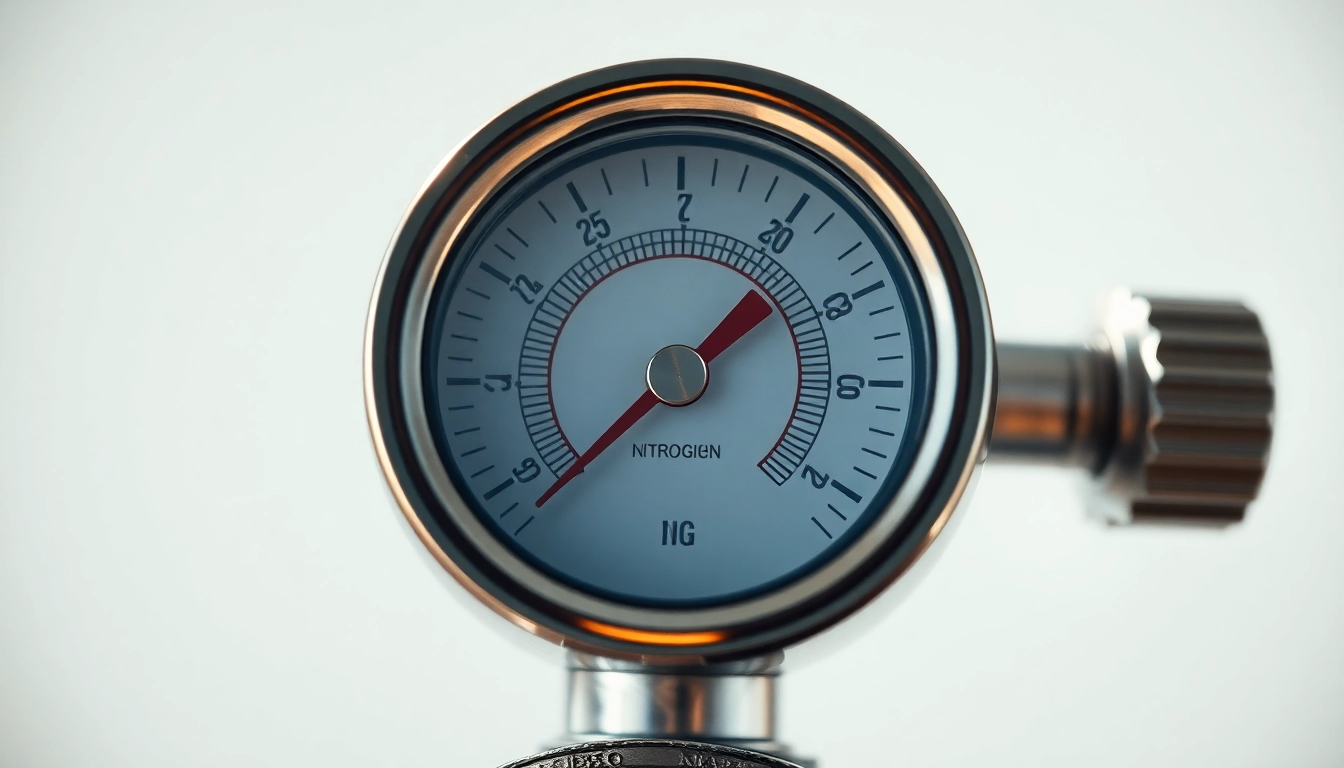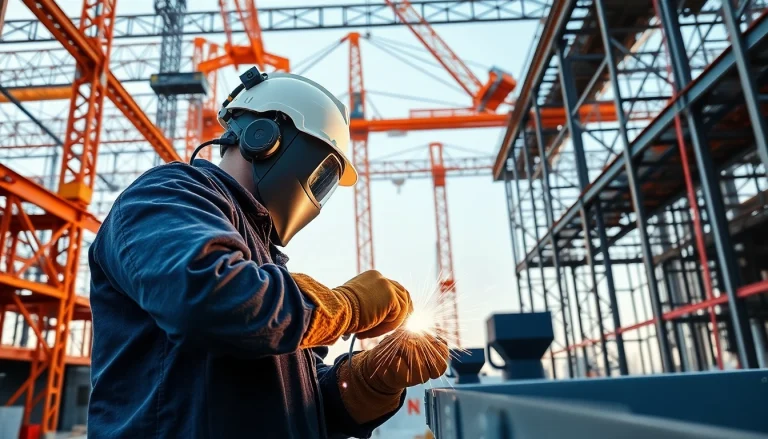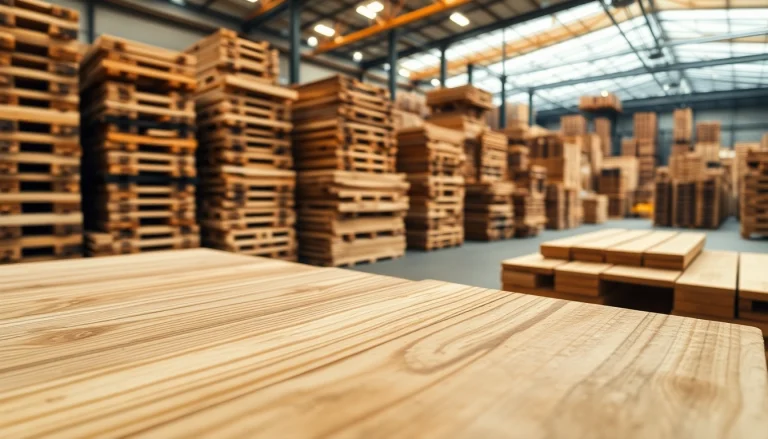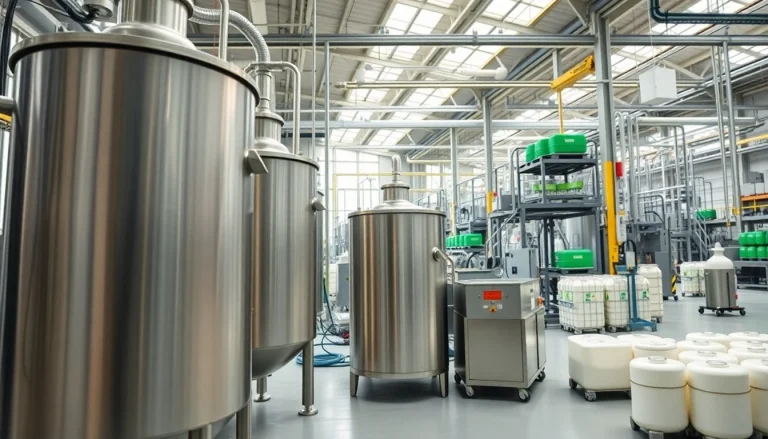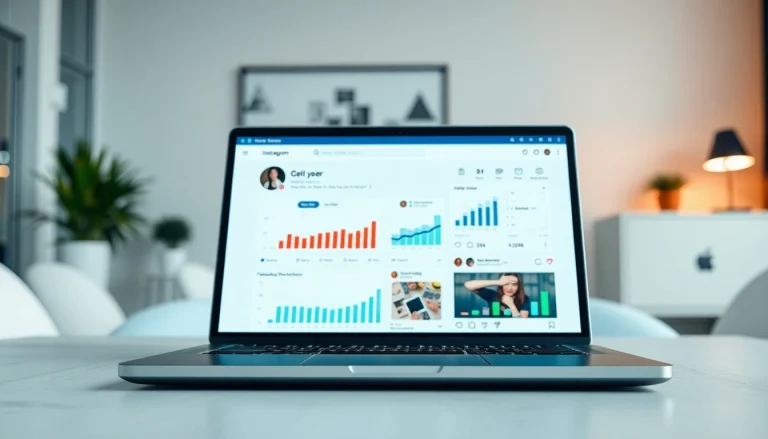Understanding Nitrogen Regulators
What is a Nitrogen Regulator?
A nitrogen regulator is a vital device used to control the pressure of nitrogen gas being released from a cylinder. Nitrogen is a non-flammable gas that is commonly used in various industrial applications, including welding, food processing, and refrigeration systems. The primary function of a nitrogen regulator is to reduce the high pressure from the cylinder to a safe, usable level while ensuring a consistent flow of gas.
These regulators typically connect to nitrogen cylinders that store nitrogen gas at high pressures, often exceeding 2000 psi. From this pressure, the regulator aims to deliver gas at lower, manageable pressures suitable for the specific application. A correctly functioning nitrogen regulator is essential for efficiency, safety, and the longevity of equipment used in conjunction with nitrogen gas.
How Nitrogen Regulators Work
Nitrogen regulators operate on the principle of pressure reduction. They consist of several key components: the inlet valve, the pressure gauge, and the outlet valve. The inlet valve connects to the gas cylinder, while the outlet valve connects to the equipment using the nitrogen.
When the cylinder is opened, nitrogen flows through the inlet valve, and the regulator uses its internal mechanisms to reduce pressure to the desired level set on the outlet valve. The pressure gauge provides a visual reading of both the input (cylinder pressure) and output (controlled pressure). Many modern regulators come equipped with safety features, such as built-in relief valves, that prevent excessive pressure build-up.
Common Applications for Nitrogen Regulators
Nitrogen regulators have a wide array of uses across different industries:
- Welding: In the welding industry, nitrogen is used as a shielding gas to protect the weld area from oxidation. Regulators control the pressure of the nitrogen used in the welding process.
- Food and Beverage: Nitrogen is used to pressurize keg systems in the beverage industry, including beer and soft drinks. A nitrogen regulator ensures the right amount of pressure for optimal carbonation and dispensing.
- HVAC and Refrigeration: In HVAC systems, nitrogen is often used for pressure testing and purging equipment. Regulators help maintain necessary pressure levels during maintenance.
- Laboratories: In controlled environments, such as laboratories, nitrogen is used for inerting processes. Regulators provide a consistent and safe nitrogen supply to prevent contamination.
Selecting the Right Nitrogen Regulator
Key Features to Consider
When choosing a nitrogen regulator, there are several important features to consider:
- Pressure Range: Different applications require different pressure ranges. Ensure the regulator can handle the specific range needed for your tasks.
- Flow Rate: The flow rate indicates how much gas can be delivered in a given time. Make sure that the regulator can meet the demands of your application.
- Material: The material of the regulator affects its durability and compatibility with nitrogen. Common materials include brass, stainless steel, and aluminum.
- Adjustability: Look for regulators with adjustable settings that allow you to fine-tune the pressure based on your application needs.
- Safety Features: Integrated safety features such as pressure relief valves and gauges are essential for safe operation.
Comparing Different Models
There are various models of nitrogen regulators available on the market, and comparing their specifications can help you make an informed decision. Key metrics to evaluate include:
- Brand reputation: Consider well-known brands that specialize in industrial gas equipment to ensure quality.
- Reviews and testimonials: Research user experiences and feedback to gauge performance and reliability.
- Warranty and support: Understanding the warranty offered and availability of support can indicate long-term service reliability.
Advanced features in some regulators, such as digital gauges and remote monitoring capabilities, may be worth considering if your application demands precision and monitoring capabilities.
Price Ranges and Budgeting
The price of nitrogen regulators can vary significantly based on features, brand, and quality. Generally, basic models can start from as low as $50, while high-end models with advanced features can cost several hundred dollars. When budgeting, consider the following:
- Initial Costs: Determine your budget for purchasing a regulator while keeping in mind the necessary features for your operations.
- Long-Term Value: Investing in a higher-quality regulator may reduce maintenance costs and improve reliability over time.
- Operating Costs: Understanding the overall costs associated with your nitrogen supply, including cylinder rental or refilling, can help you project expenses more accurately.
Best Practices for Using Nitrogen Regulators
Installation Tips
Proper installation of a nitrogen regulator can ensure safety and efficiency. Here are essential tips for installation:
- Read the Manual: Always refer to the manufacturer’s instructions to understand specific installation requirements.
- Check Connections: Ensure all fittings are secure and leak-free; use Teflon tape on threaded connections if necessary.
- Use Proper Tools: Utilize the right tools to avoid damaging the regulator or cylinder during installation.
Maintenance and Troubleshooting
Regular maintenance is crucial for extending the lifespan of your nitrogen regulator and ensuring safe operation. Common maintenance practices include:
- Routine Inspections: Frequently check for leaks or wear and tear on seals and valves.
- Cleaning: Dust and debris can affect regulator performance. Keep the regulator clean and free from contaminants.
- Replacing Components: Replace any worn or defective parts according to the manufacturer’s recommendations to maintain optimal performance.
Some common troubleshooting tips include:
- If the pressure gauge reads inaccurately, check if the gauge itself is damaged or if there’s a blockage in the line.
- If you notice fluctuations in flow, consider checking for blockages or leaks in the fittings.
Ensuring Safety During Use
Safety should always be a priority when using nitrogen regulators. Key safety precautions include:
- Proper Ventilation: Operate in a well-ventilated area to avoid the accumulation of nitrogen, which can lead to asphyxiation in confined spaces.
- Use Protective Gear: Personal protective equipment such as gloves and safety goggles should be worn when handling nitrogen cylinders and regulators.
- Regular Training: Ensure that all personnel involved in handling nitrogen regulators are properly trained in their use and emergency procedures.
Common FAQs about Nitrogen Regulators
Do You Need a Special Regulator for Nitrogen?
While some gases may use standard regulators, nitrogen often requires specific regulators designed for its unique pressure and flow characteristics. Choosing the correct regulator ensures safe handling and effective operation.
Can a Nitrogen Regulator Be Used for Other Gases?
In general, nitrogen regulators can be used interchangeably with other inert gases like argon, provided that the pressure ratings and connections are compatible. However, it is crucial to consult the manufacturer’s guidelines before switching gases to ensure safety and functionality.
What to Do If Your Nitrogen Regulator Malfunctions?
If you experience a malfunction, immediately stop using the regulator and check for visible signs of damage or leaks. If issues persist, consult the manufacturer’s manual for troubleshooting tips or contact a qualified technician for repair or replacement. Safety should always be your first priority when dealing with gas regulators.
Buying a Nitrogen Regulator Online
Where to Purchase Quality Nitrogen Regulators
When shopping for a nitrogen regulator, consider purchasing from reputable online vendors or specialized suppliers like nitrogen regulator distributors. These platforms often provide a wider selection, competitive pricing, and user reviews that can guide your decision-making process.
Evaluating Seller Credibility
Ensure that the online seller is credible by checking for customer reviews and ratings. Verify their return policy and warranty offerings to safeguard your investment. A reliable seller will also provide customer support for any inquiries or assistance post-purchase.
Understanding Return Policies and Warranties
Before completing your purchase, familiarize yourself with the seller’s return policies and warranty conditions. Understand the timeframe and conditions under which returns are accepted, and if there are any specific requirements for defective or unsatisfactory products. These factors are crucial for ensuring that you have options should the regulator not meet your needs.
